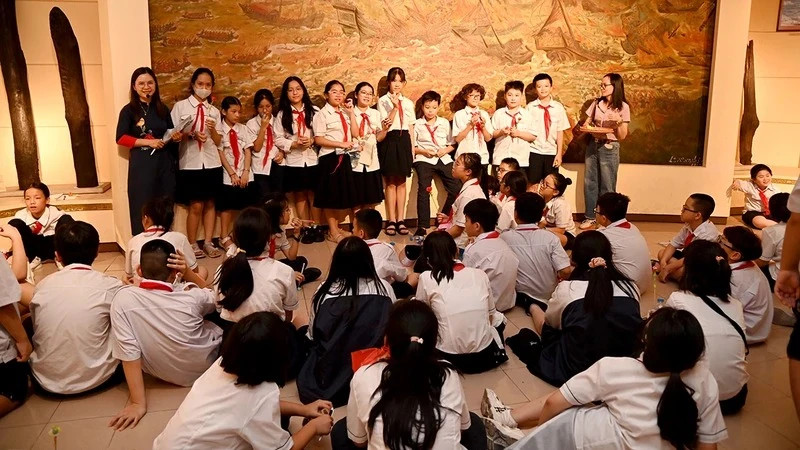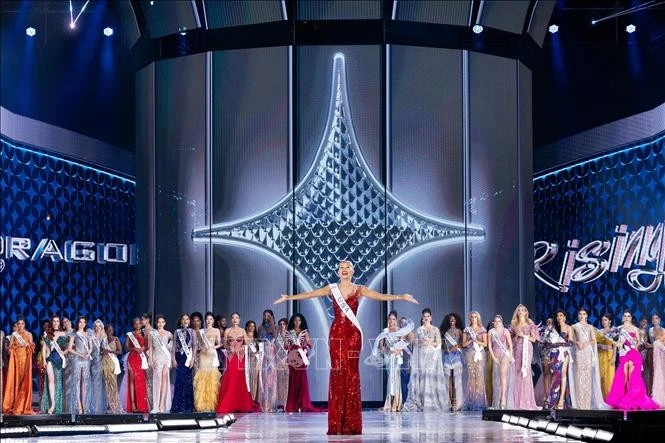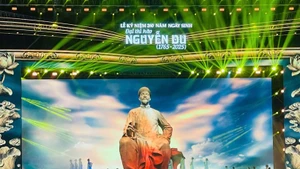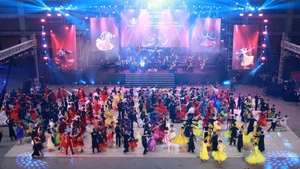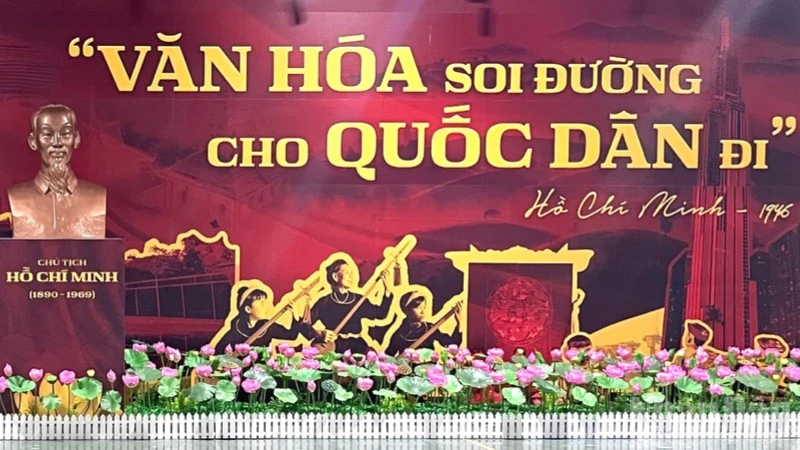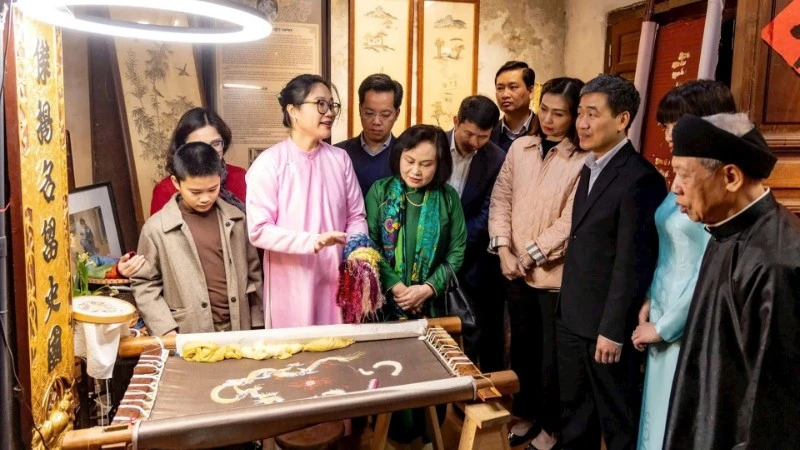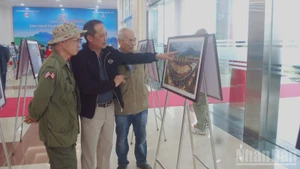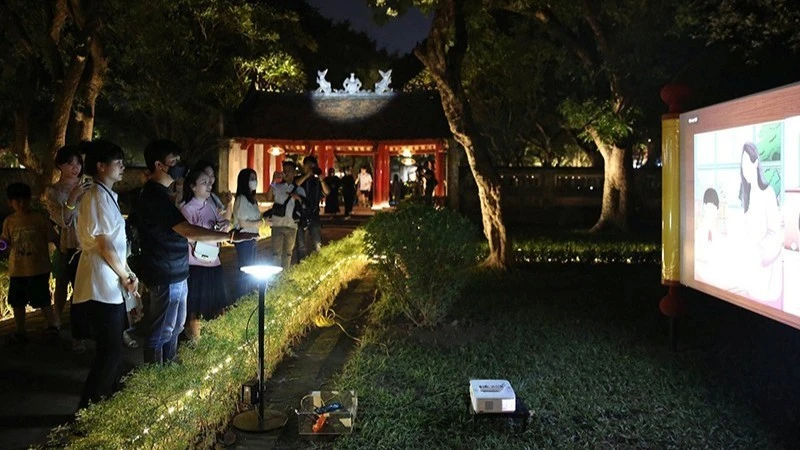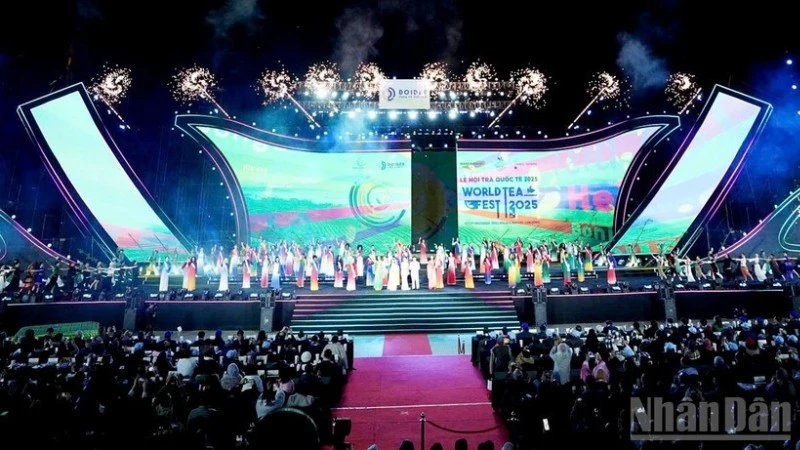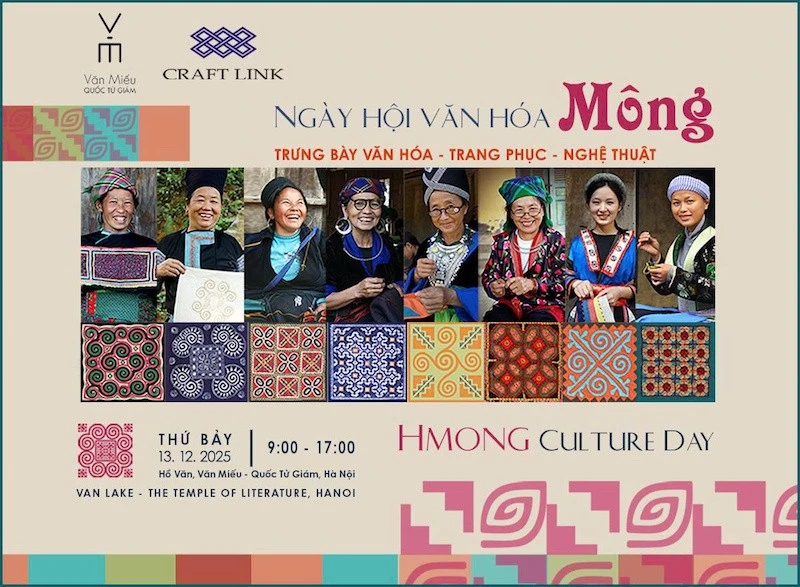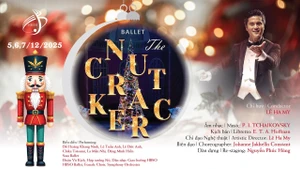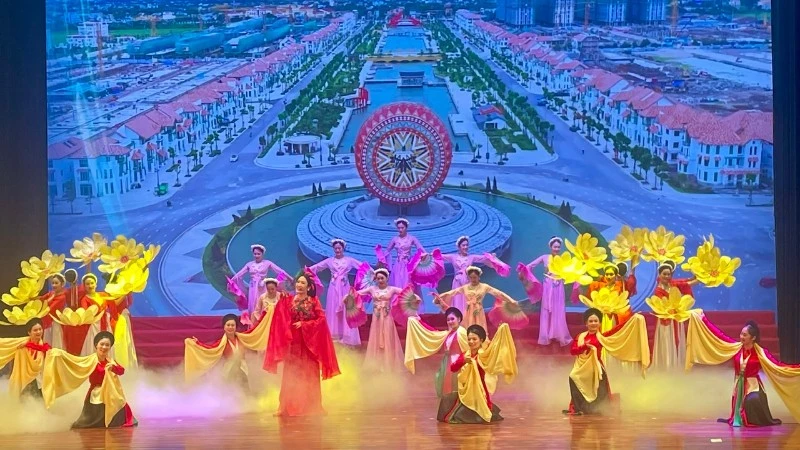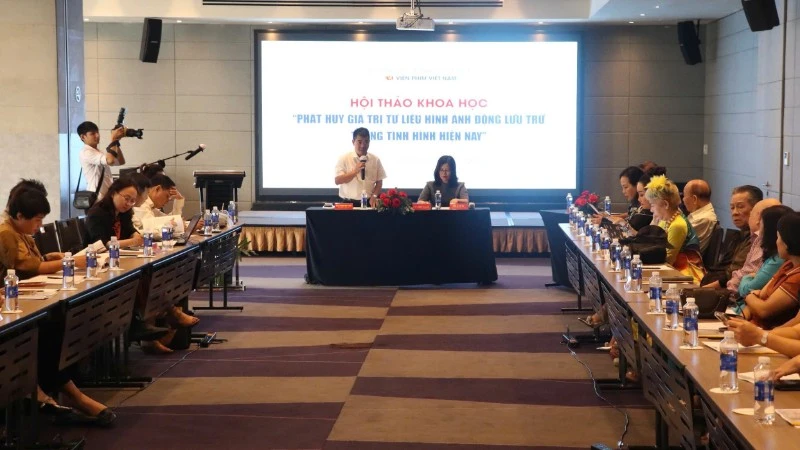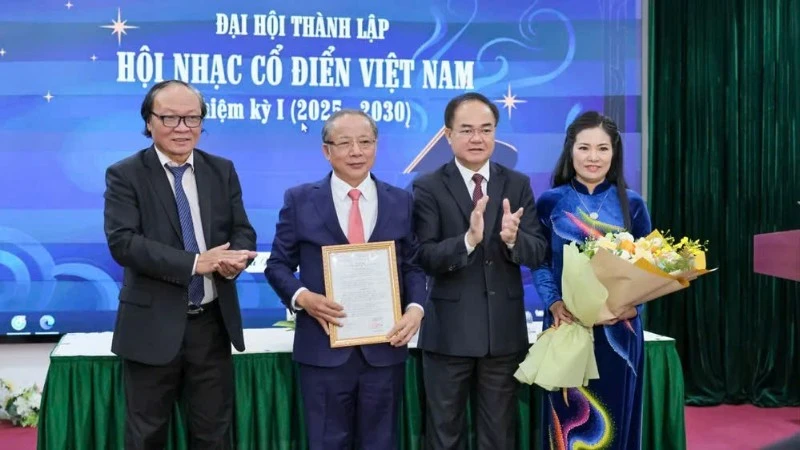Located on Trang Tien Street, the National Museum of History is a unique architectural work of the capital city. It stores and preserves more than 200,000 artefacts, historical and cultural documents, as well as relics, antiques and national treasures. Every day, the museum welcomes a large number of visitors who want to learn about heritages and historical stories, of which the young students account for 60-70%.
Celebrating International Museum Day (May 18), themed “Museums for education and research”, the National Museum of History organised an online tour, “Let's explore the museum”, that attracted a large number of students aged 6-12 across the country.
To celebrate the 70th anniversary of the Dien Bien Phu Victory, the Museum launched an experiential educational programme entitled “Dien Bien Phu - The Immortal Spirit” in May. The programme received enthusiastic responses from students across the city. On the occasion, the National Museum of History coordinated with Phuong Dinh A Primary School in Dan Phuong District, Hanoi, to organise the Dien Bien Little Soldiers Festival. Nearly 500 students excitedly learnt about the Dien Bien Phu Campaign. The Museum also cooperated with Da Nang Museum and Dien Bien Phu Historical Victory Museum, to launch an online tour of the Dien Bien Phu Victory for more than 500 students from Cat Linh Primary School in Hanoi.
Regarding the inclusion of educational and experiential activities into the museum's programmes to attract the public, Le Thi Lien from the National Museum of History noted that education is the strength of the Museum. The unit is developing three packages of products for each group of visitors including direct educational activities for families, connecting with tourism units to build school programmes through extracurricular activities, and specialised and in-depth educational activities through the organisation of workshops, exchanges and seminars aimed at specific audiences.
With the slogan “the public is the target audience of the museums”, and the advantage of the museums as history handbooks for students to learn and use as a stepping stone in providing a basic knowledge of history, culture, and national heritage, educational activities and experiences must always attract the public, leave an impression on them and make them want to return to the museums.
Being famous for its unique architecture, the Hanoi Museum on Pham Hung Street has become a “check-in destination” for young people. With the advantage of preserving a heritage treasure of more than 73,000 documents and artefacts about the capital's history and a spacious campus, the museum has organised many interesting educational activities, associated with intangible cultural heritages, featuring the direct participation of various artisans. Visitors to the museum have had the chance to experience, practice and learn about the national culture and traditional handicrafts, such as wearing ancient costumes, making ‘to he’ (traditional toy manually made with glutinous rice powder), making Chuong Village’s conical hat, Me Tri 'com' (young sticky rice flakes), Bat Trang pottery products, ‘ca tru’ (ceremonial singing), and calligraphy writings. Among them, the Mid-Autumn Festival has become a museum brand, creating a healthy and useful playground for children.
The Hanoi Museum is also an address that always accompanies people with disabilities as it offers many educational and experiential programmes, with the participation of people with disabilities. The exhibition entitled "Fragments", organised by the Vun Art Cooperative in collaboration with the Hanoi Museum has attracted thousands of visitors. The exhibition has spread the good values and spirit of people with disabilities.
Deputy Director of Hanoi Museum Dang Minh Ve, stressed that students are the key visitors of the museum, so appropriate educational programmes have been developed. As of April 2024, the museum had welcomed 17,000 visitors participating in experiential and educational activities. They not only play an important role in educational programmes but also contribute to the success of exhibitions at the museum, as well as attracting more visitors to the museum.
The current educational trend in museums has received greater attention, providing many meaningful experiences. The development and organisation of educational activities at the museum contribute to not only bringing the experiences of Vietnamese cultural heritages closer to the public but also making the museums interesting and useful destinations.
